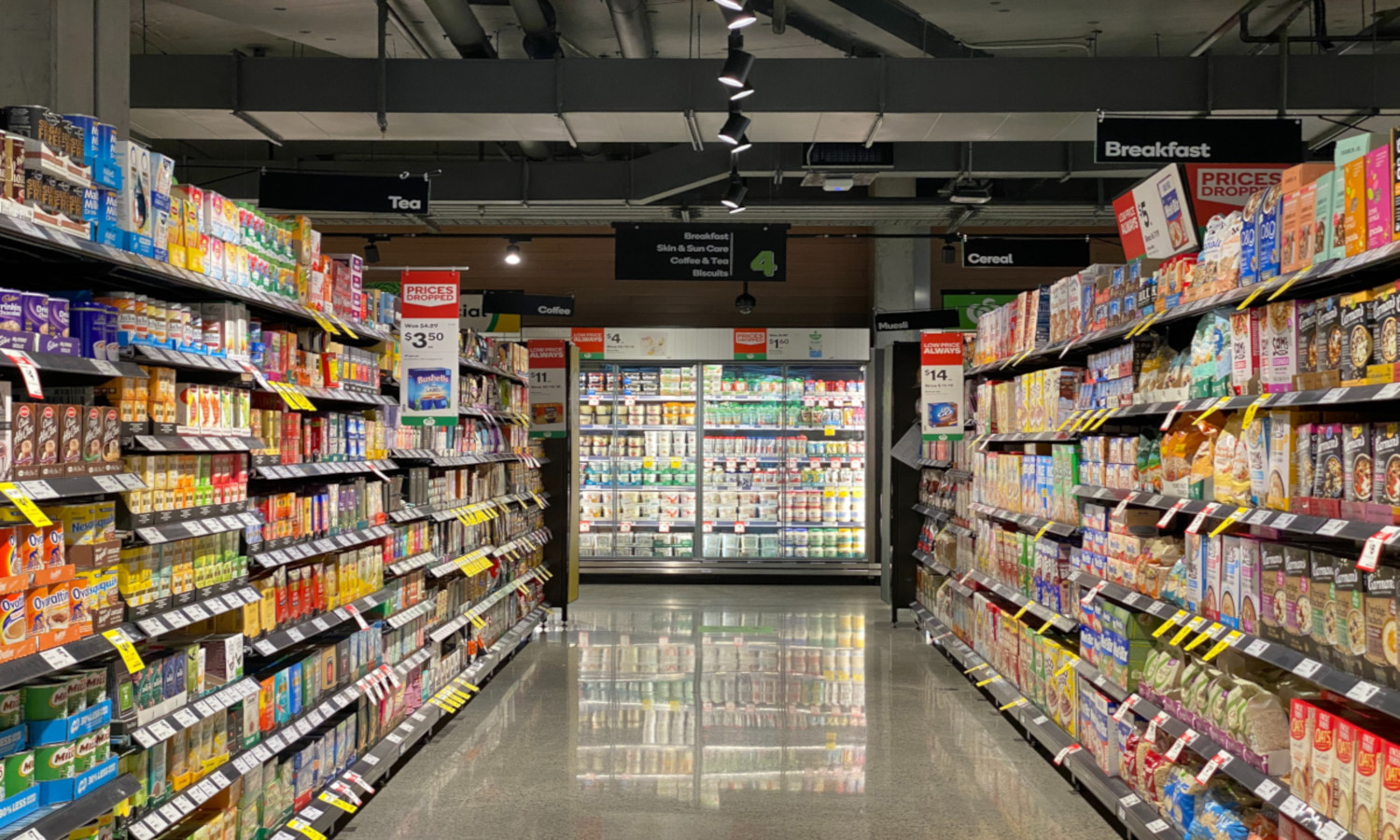The Rockefeller Foundation recently released a report measuring the true cost of food in the United States. According to the report, the true cost of food is nearly US$3.2 trillion a year–triple what American consumers currently spend on food. These hidden costs come from the impact of the food system on society and the environment.
Dr. Roy Steiner, Senior Vice President for the Food Initiative at the Rockefeller Foundation tells Food Tank, “What we’re trying to do is help the world understand that when we pay for food, there’s a whole bunch of costs associated with that food that actually reduces its value. Another way to think about it is what’s the true value of that food? And it’s not just what you pay at the grocery store, it’s all these associated costs that society, taxpayers, and others have to pay.”
True Cost Accounting (TCA) can be a tool used to evaluate the environmental and social costs of the food system not reflected in the price of a product. While the U.S. federal government estimates that American consumers spent US$1.1 trillion on food in 2019, this price only includes the production process and sale of food. TCA helps researchers understand that the cost of food is much higher by measuring the healthcare costs of diet-related diseases, the impact of greenhouse gas (GHG) emissions, and more.
According to the report, one of the greatest costs associated with the food system is from the healthcare sector. The government spends a combined US$1.145 trillion per year addressing diet-related diseases including obesity and diabetes, as well food insecurity and the impact of pollution on health. “The largest part of the true cost of food is the health burden and, in many ways, we don’t need to be paying that amount if we eat better and if we create a food system that is nourishing rather than one that is just focused on cheap calories,” Steiner tells Food Tank.
The report also finds that these healthcare costs disproportionately burden Black, Indigenous, and People of Color (BIPOC) communities. “BIPOC communities tend to have far worse diet-related diseases than white communities and part of that is because we created this low-cost, high processed food environment,” Steiner tells Food Tank.
Compared to white Americans, Black Americans suffer from significantly higher rates of diabetes, obesity, and food insecurity. At the same time, Black Americans are also exposed to 25 percent more air pollution than the national average, and 41 percent more than white Americans. And rates of diabetes in Latinx Americans is 1.7 times higher than in white Americans.
Steiner explains that an overwhelming majority of food workers are BIPOC, who tend to face harsher working conditions and less benefits. This leads to significantly higher exposures to harmful chemicals like fertilizers and pesticides compared to white Americans. And Indigenous Americans are 19 times more likely to face reduced access to water and sanitation.
The TCA analysis finds that the costs to the environment make up around US$805 billion per year. GHG emissions from food production and plastics, as well as land use and land transformation—all of which will burden future generations—account for almost US$580 billion of those costs. The report also highlights several areas that were not valued in the published results, such as food waste, which a separate study estimates to cost Americans around US$240 billion per year.
Steiner notes that the published results are fairly conservative. “We did not value many things that we all know are really important like inequity in the food system, or the fact that we have potential antibiotic resistance coming down the line. Those are not zero, but we had no defensible way of measuring these costs,” he says.
Steiner also recognizes that a key area of concern for consumers is how TCA will impact food prices at grocery stores. He explains that this report finds a way to account for the true cost of food without raising these prices. “We think most of this report is about redirecting the way money gets spent by governments and private companies versus increasing the cost of food at grocery stores,” he tells Food Tank. He hopes the report, and other TCA reports, will spur governments, policymakers, and investors to reconsider purchasing practices to avoid burdening consumers.
“We can change the formula by which contract bids [to procure food] are accepted. For example, a state bids this type of food, but actually the food is produced outside the state and has a huge carbon footprint, and also a lower health component,” Steiner explains. Using TCA, governments are provided with the tools to procure food that can improve nutrition, is better for the environment, and reduces the true cost of food in the long-term.
“I would love the [U.S. Department of Agriculture] to do a true cost accounting and for the budget office to use true cost accounting as a way of analyzing budgets, that would be a fundamental, structural change,” Steiner tells Food Tank. “You have to change the way capital flows, the way governments allocate public monies, and this true cost accounting approach is a framework to help those people who are making these decisions.”
Steiner hopes this report can also improve investors’ decision-making practices. “We think this idea of true cost accounting can get embedded into environmental, social, and governance (ESG) investing, so when investors are deciding whether or not to invest in a company, they are using this framework,” he tells Food Tank.
Steiner emphasizes the importance of TCA in helping institutions and companies move forward with food systems transformations. “This creates a way to be very specific about what food transformation is. That’s the reason we’re really excited about this.”
Photo courtesy of Franki Chamaki, Unsplash






